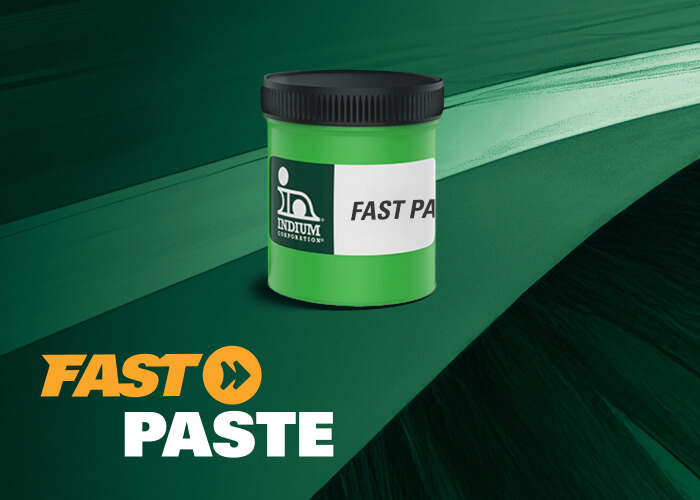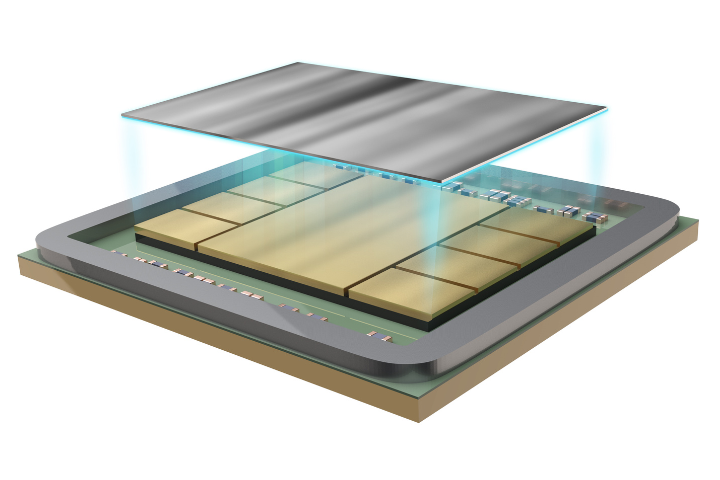Folks,
A good solder paste should be able to remain in a paused position (i.e. not being printed) on the stencil, for more than an hour, without significantly affecting its print performance.
Pause situations occur when an SMT line needs to be stopped to replenish components on placement machines, for minor maintenance issues, etc. However, some pastes “stiffen” when printing is paused. This undesirable characteristic is called poor response to pause (RTP). Figure 1 shows the volume of solder paste deposits for three solder pastes as a function of pause time. In this experiment the solder pastes wereplaced on the stencil directly from the paste jar without mixing. Note that solder paste 3 has an initial printed volume of only 5,300 mils3. In just 3 more prints it goes up to 9,100 mils3. After pausing for 1 hour, paste 3 plummets to 7,500 mils3. Note that paste 2 is much more consistent in the volume of the solder paste deposits and paste 1 is the best.

Figure 1. Response to Pause Performance of Three Solder Pastes
If an assembler uses solder paste 3, they may have to reject the first PWB printed after a pause. Typically, this situation would require the assembler to wipe the board clean subsequent to the first print after the pause and reprint it. This operation will take several minutes.
Several minutes doesn’t sound like a big deal, however I have worked with engineers to assess to productivity cost of this production time loss. In one study we found a productivity loss of 7%. Another way to look at a 7% productivity loss is that if the assembly line was able to produce 10,000 PCBs in a certain time with a solder paste that had good response to pause, it would only produce 9,300 PCBs if the response to pause was like that of paste 3. This productivity loss is due to the lost time performing the reprints after pausing.
SMT assembly is around 4 decades old. So, you might think that all solder pastes would have good RTP. Sadly, this is not the case. So, good RTP is one of the first performance metrics to measure when evaluating a solder paste.
Cheers,
Dr. Ron



